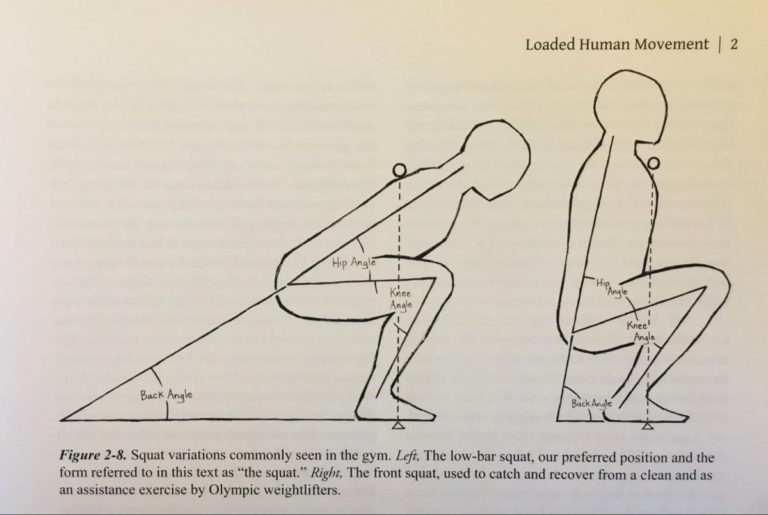Whether you’re a powerlifter, a patient, or someone new to the gym, the squat is a staple in most programs. The squat is often considered “the mother of all exercises” and for good reason. But over the years the squat has been the victim of unnecessary criticism. Like anything we don’t know or understand, we fear it, avoid it and condemn it. And for the brave souls who have tried squatting but stopped because they got hurt, or something didn’t feel right, this post is intended to assist with building some confidence to reincorporate this necessary movement back into your routine.
The first thing to know and truly appreciate is that no one is the same, and therefore no squat will be the same. By nature we teach ourselves a lot through mimicry, but we are often guilty of trying to emulate what we see without knowing why it was done- and what went into- it being done that way. If you’re one of the aforementioned, you may have been combining important concepts from competing ideals and were left with a subpar result.
There are many variations of the squat (front, goblet, back, high bar, low bar, split, single leg, Zercher; to name a few) and different indications for each. The goblet squat, front squat and high bar back squat all require a more vertical torso, with a more open hip angle and closed knee angle. Meaning, for those who are dealing with some knee pain or low back discomfort, these squats may not be a suitable option at present. That should not mean eliminating squatting all together however. Utilizing a low bar back squat position, could be a better option as it employs a more horizontal torso, with a more closed hip angle and open knee angle. On the other hand, if the goal is to load the quads a bit more, then the goblet, front, high bar or split squat may be a better option. It all depends on you!
The depth one can go into each variation is immense and a bit outside the scope of this here post. But a few quick fixes can improve any squat and make you more compelled to perform squats throughout the week.

The most common squat, or position, performed by someone trying out the squat for the first time is a vertically oriented trunk squat (goblet, front, high bar back squat); the starting position is obvious when you first walk under a bar. This is also the position most coaches/trainers are familiar with, so the cueing you may have received was for this style of squat i.e. “keep your chest up,” “keep your back straight,” “stand up tall.” etc. What tends to be experienced is a difficulty maintaining the torso upright enough, and a subsequent inability to- and desire to not go too low. This causes weird stiffness throughout the back but this posture and movement may not be the best option for you right now. As you increase your mobility, flexibility and strength, different options will become more comfortable to perform.
Here are a few quick tips to make you feel more comfortable:
- If you feel too much tightness/stiffness in your low back, give the low bar position a try (see image below).
- You can also perform any squat with your heels elevated a bit (try weightlifting shoes or a wedge).
- Make sure you engage your core before moving (brace your core as if you were going to get punched in the stomach).
So before throwing in the towel on squatting, speak to a physical therapist or strength coach who can tailor your program and offer you some sound advice on choosing the squat method that best works for you.
In Good Health,
Derek Dathe, PT, DPT, CSCS
Image sources:
Picture #1: Rippetoe, M., & Kilgore, L. (2011). Starting strength: basic barbell training. 3rd ed. Wichita Falls, TX: Aasgaard Co.
Picture #2: https://www.pinterest.com/pin/705235622877677930/
#teamcynergy #physicaltherapy #dynamicstretch #dynamicstretching #staticstretch #staticstretching #overstretch #hypermobile #stretching #sports #sportsperformance #getmovingkeepmoving #sportsinjuryrehab #strengthandconditioning #injuryprevention #clinicalathlete #functionalmovement #getpt1st #sportsrehab #physiotherapy #physicaltherapynyc #acl #aclrecovery #chooseptfirst #we💜healingourpatients #cynergyphysicaltherapy #nyc
